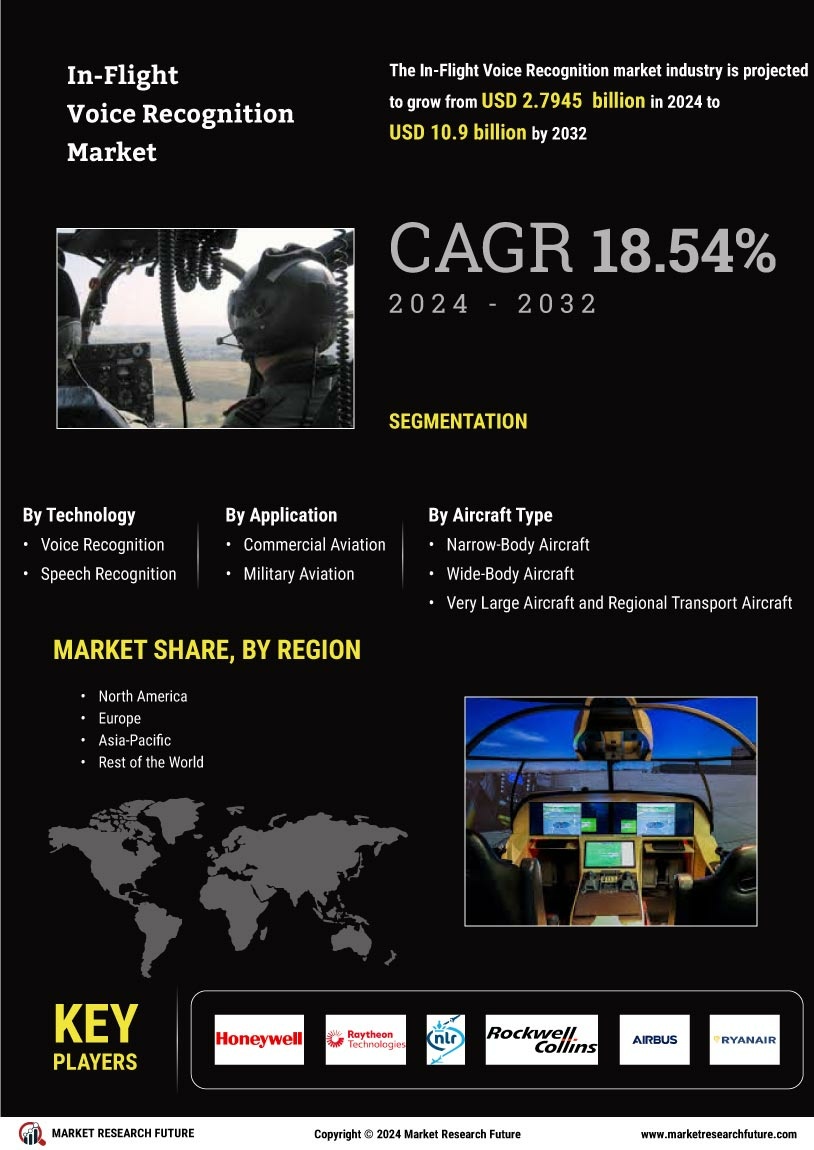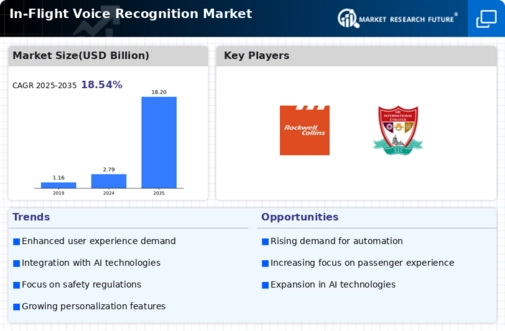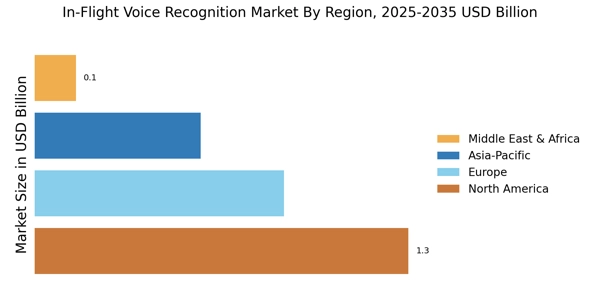Leading market players are investing heavily in research and development in order to expand their product lines, which will help the In-Flight Voice Recognition market, grow even more. Market participants are also undertaking a variety of strategic activities to expand their footprint, with important market developments including new product launches, contractual agreements, mergers and acquisitions, higher investments, and collaboration with other organizations. To expand and survive in a more competitive and rising market climate, the In-Flight Voice Recognition industry must offer cost-effective items.
Manufacturing locally to minimize operational costs is one of the key business tactics used by manufacturers in the In-Flight Voice Recognition industry to benefit clients and increase the market sector. In recent years, the In-Flight Voice Recognition industry has offered some of the most significant advantages to medicine.
Major players in the In-Flight Voice Recognition market attempting to increase market demand by investing in research and development operations are Honeywell International Inc (US), Raytheon Company (US), NLR-Royal Netherlands Aerospace Centre (Netherlands), Rockwell Collins (US), Airbus SAS (Netherlands), Ryanair DAC (Ireland), IBM Corporation (US), Air Force Research Laboratory-Wright-Patterson Air Force Base (US), and SRI International (US).
Honeywell International Inc. is an American multinational conglomerate company that is publicly traded. It principally operates in four sectors aircraft, building technologies, performance materials and technologies (PMT), and safety and productivity solutions (SPS). Beginning with the Sperry Aerospace Group purchase from Unisys Corporation in 1986, Honeywell embarked on a new course. To narrow the company's focus, Honeywell broke off its Test Instruments division, Signal Analysis Centre, and Defence and Marine Systems businesses into Alliant Techsystems in 1990. In addition to electronic navigation systems, cockpit instruments, lighting, and primary propulsion and secondary power turbine engines, Honeywell still provides aerospace goods.
After acquiring Duracraft in 1996, Honeywell started promoting its products in the home comfort market. All of the nuclear weapons in the American arsenal are put together at the Pantex Plant, which is controlled by a partnership that includes Honeywell. Eighty-five percent of the non-nuclear components of the bombs are produced and assembled in the Kansas City Plant, which is run by Honeywell Federal Manufacturing & Technologies, the company that took over AlliedSignal's defense business.
The Raytheon Company was a significant U.S. defense contractor and industrial conglomerate with manufacturing concentrations in weapons and commercial and military electronics. Up to the beginning of 2007, it was engaged in manufacturing corporate and special-mission aircraft. The biggest manufacturer of guided missiles in the world was Raytheon. The business combined with United Technologies Corporation in April 2020 to become Raytheon Technologies. In addition to a wide range of mission support services, Raytheon offers electronics, mission systems integration, and other capabilities in sensing, effects, command, control, communications, and intelligence systems.
Raytheon's electronics and defense systems divisions create components for satellites, air, sea, and land-launched missiles, aircraft radar systems, weapons sights, and targeting systems.


















Leave a Comment